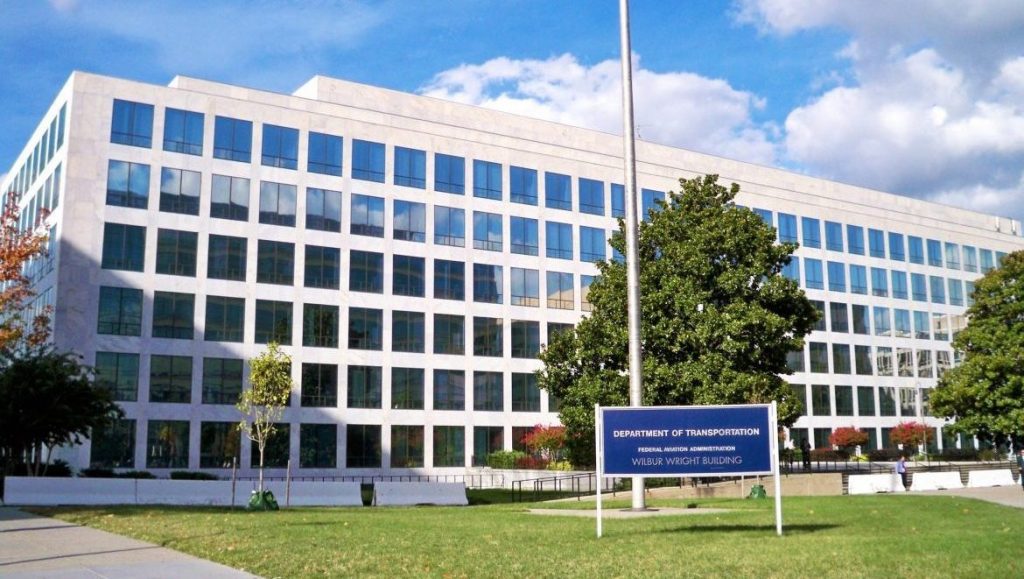
The Federal Aviation Administration is slated to discuss with lawmakers on Thursday it has changed its approach to safety and aircraft oversight.
A hearing on aviation is taking place at the House Committee on Transportation, discussing the implementation of the Aircraft Certification, Safety, and Accountability Act which was enforced last December.
It comes three years after the Lion Air crash on Boeing’s 737 MAX aircraft in 2018 which killed 189 passengers, shortly followed by an Ethiopian Airlines crash on the same jet, killing 157 passengers.
Seen by Reuters, FAA administrator Steve Dickson in a prepared testimony for the hearing said, “Our approach to aircraft certification and safety oversight has changed.”
“The FAA’s relationship with manufacturers is evolving. We are prioritising oversight of manufacturers and working to focus that oversight on safety-critical areas,” he said.
He said the law will include over 100 new requirements the FAA will implement, which is “still in the early stages”.
In August last year, the FAA released a survey which found some safety employees faced “strong” pressure from the industry to not always prioritise air safety.
The survey revealed the need for the tightening of laws around this issue.
In December, a month after the recertification of the 737, the Aircraft Certification, Safety, and Accountability Act was implemented to increase transparency within the industry.
The two fatal crashes led to a 20-month grounding of the 737 MAX aircraft, and despite its recertification in November last year, Boeing still continues to face scrutiny over its safety protocols.
In August, a letter was sent to Boeing from the FAA’s Ian Wong, who assists the planemaker’s safety oversight regarding the Organization Designation Authorization (ODA).
The regulator was investigating whether “culture” had led to employees concealing safety problems in fear of repercussions from executives.
Out of the employees interviewed, 35 per cent of them voiced concerns indicating the “environment does not support” the authority of the ODA unit.
Dickson said in his testimony the regulator will delegate “fewer responsibilities” from manufacturers, while demanding higher transparency.
Members of the hearing will appear virtually or in person in 2167 Rayburn House Office Building this Thursday.
According to the committee, this is the first aviation safety legislation enacted in a decade following an 18-month investigation – the longest in the committee’s history.
Chair of the House Committee on Transportation and Infrastructure Peter DeFazio said he led the legislation last year to prevent the FAA and Boeing from committing acts leading to the crashes.
“While the FAA continues to make progress on implementing this new law, more work must be done, particularly publishing a rule requiring aerospace manufacturers to adopt safety management systems,” he added.












